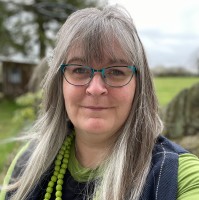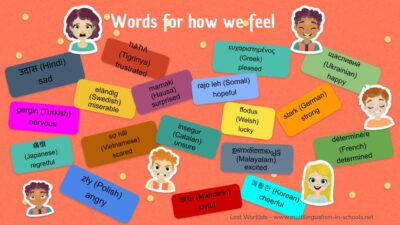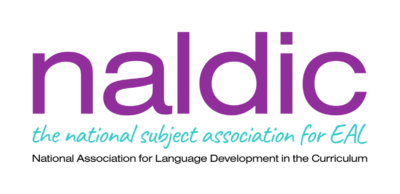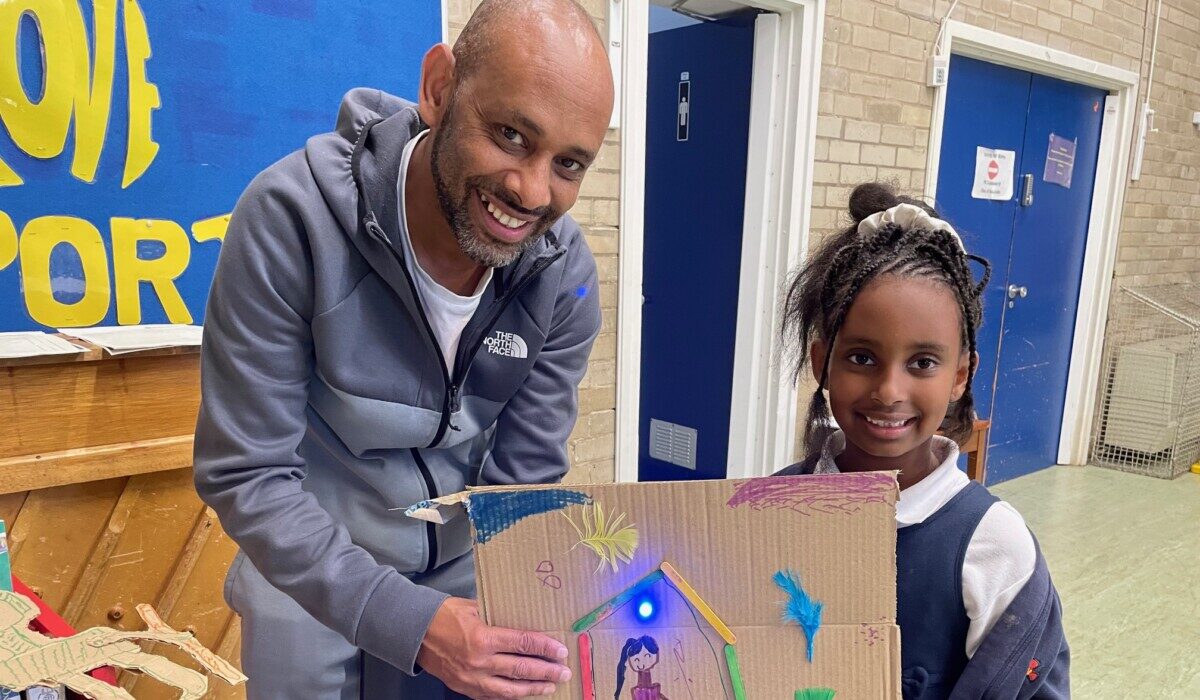 Dr Sabine Little, Senior Lecturer at the University of Sheffield, shares with NALDIC an innovative family storytelling project
Dr Sabine Little, Senior Lecturer at the University of Sheffield, shares with NALDIC an innovative family storytelling project
There is an increasing number of resources available, but many teachers still feel unsure about how to bring multilingualism into their classrooms, especially if they don’t speak -or don’t feel confident speaking- other languages themselves (Cunningham and Little, 2023). At the same time, the push for STEM (Science, Technology, Engineering, Maths) in education continues, often bringing with it funding that far outstrips what is available in the languages sector. These two statements may appear unrelated, though it is possible to combine multilingualism in the classroom with makerspace pedagogies, and supporting parental engagement too. The Traditional Tales, Untraditionally Told project provides a natural bridge for this.
How the project started
Like many good ideas, this one too has a bit of a backstory: I, an academic at the University of Sheffield, had been working in and with schools and libraries as a multilingual storyteller, both by helping with the set up of multilingual (school) libraries, and through my Lost Wor(l)ds project, focusing on the links between multilingualism, identity, and belonging (Little, 2025).
At the same time, the University of Sheffield is home to the Maker{Futures} team, who support schools, libraries, museums, etc. in developing skills for “making”, a pedagogical approach that facilitates playful engagement with STEM, through tinkering and iterative problem solving (Colvert et al, 2024).

Both approaches draw heavily on the pedagogical and social justice principles surrounding Funds of Knowledge (Moll et al, 1992) and Funds of Identity (Esteban-Guitart and Moll, 2014), which focus on bridging the home-school divide and looking to ensure that home cultures and practices are recognised in formal education contexts. For the project, we further connected with digital literacies experts from the School of Education, resulting in a well-rounded team.
Working together
The Traditional Tales, Untraditionally Told project sets out to facilitate home languages in school, creating an environment where parents and children are positioned as joint learners, as they work to turn a tale in the home or heritage language into a digital film. The film is made using a variety of making practices, including cardboard construction, electronics, and stop motion animation.

If this sounds complicated in the abstract, thinking about a story might help. Who are the characters in Little Red Riding Hood? What are the key moments in the story? How many background scenes are needed, and what materials would best represent them? How would you animate Little Red Riding Hood being eaten by the wolf?
The entire process takes time, problem solving, and, most importantly, communication! Parents and children decide on which story to pick, and then work through the many processes leading to re-telling the story in a digital format, in the home or heritage language. Often, the parents are the experts in the home language, while the children are more confident in navigating the digital storytelling technology. Collaboration is needed to create the final product, with staff facilitating and learning more about their pupils in a setting that might be quite different from a traditional classroom.
In our project, each session began with a multilingual storytelling event, which was structured in a way that required linguistic input from pupils’ home languages, setting a tone that highlights that not only are all languages welcome in the setting, but they are also necessary for the upcoming task.
The final tales, recorded in a variety of formats, eventually form tangible evidence of multilingualism that can be displayed and shared across the wider school, further signalling a space that welcomes multilingualism.
In summary
The project is essentially in two phases, with the first phase involving the team working with libraries and schools directly, documenting the work, and creating a resource-rich website that facilitates independent uptake from schools and libraries, both nationally and internationally. The second part is the creation of digital traditional tales (but untraditionally told!). Following the launch in January 2025, the project website is now available for all, featuring resources for all steps, as well as a plethora of the final digital stories created by families.
Are you using the material provided? Let us know how!
References
Colvert, A.; Rowsell, J.; Buxton, A. & Horton, E. (2024). Crystalising Maker Moments: Postdigital Storying Across Contexts. Postdigital science and education, 6(3), 767-795.
Cunningham, C. & Little, S. (2023). ‘Inert benevolence’ towards languages beyond English in the discourses of English primary school teachers. Linguistics and Education, 23, 1-8.
Esteban-Guitart, Moisès, and Luis C Moll. 2014. Lived Experience, Funds of Identity and Education. Culture & Psychology 20 (1): 70–81.
Little, S. (2025, online first) “There’s a sense of pride”: The multilingual children’s library as perezhivanie. Public Libraries Quarterly.
Moll, L. C.; Amanti, C.; Neff, D. & Gonzalez, N. (1992). Funds of Knowledge for Teaching: Using a Qualitative Approach to Connect Homes and Classrooms. Theory Into Practice 31 (2): 132–141. https://doi.org/10.1080/00405849209543534
 Find out more about multilingualism
Find out more about multilingualism
- Join one of our Regional or Special Interest Groups
- Attend one of our free NALDIC events this year
- Do you have a story to share? Write a post for the NALDIC blog


